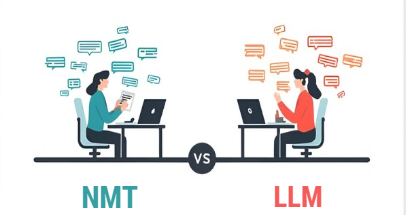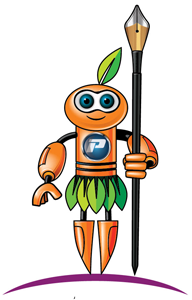
16 Nov Technical Writing Trends
Machine Translation to Language Models: How Technical Writing Is Changing
Technical communication is at an inflection point. Where clarity and literal accuracy used to dominate, the rise of Large Language Models (LLMs) invites a new approach that blends instruction, context, and creativity. This article explains the practical differences and offers guidance for writers navigating both worlds.
Writing for Translation
When content is intended for human translators or neural machine translation (NMT), the guiding principle is predictability. The clearer and more consistent the source, the fewer errors and ambiguities appear in target languages.
Key principles
- Clarity and Simplicity: Use direct language and short, well-formed sentences.
- Consistency: Enforce terminology with glossaries and translation memories.
- Cultural Neutrality: Avoid idioms, jokes, or references that don’t travel well.
- Literal focus: Prefer wording that preserves meaning without relying on nuance.
Writing for Large Language Models
Writing for LLMs is an exercise in instruction design. Instead of preparing text to be mapped to another language, you define the context, constraints, and desired style so the model can generate appropriate and useful output.
Key principles
- Contextual guidance: Provide audience, tone, format, and examples within your prompt.
- Adaptability: LLMs can produce creative, formal, or conversational text when guided.
- Figurative language: With careful prompting, models can handle metaphors and idioms.
- Watch for hallucinations: Be explicit about factual constraints and verification steps.
Summary of Key Differences
Below is a compact comparison to help you choose the right approach for a given task.
| Feature | Writing for Translation (Traditional NMT) | Writing for LLMs |
|---|---|---|
| Primary goal | Clarity, consistency, literal accuracy | Directing generative output for a specific need |
| Content style | Standardized; simple syntax; few idioms | Flexible; creative or complex, controlled via prompt |
| Context handling | Segment-level; struggles across long-form context | Maintains long-form context with good prompting |
| Processing | Fast, high-volume, bilingual training data | Token-based generation; broader knowledge base |
| Customization | Translation memories, glossaries | Prompt engineering, RAG, fine-tuning |
Practical Tips for Writers
- For translation-focused content: Use controlled language in authoring, maintain glossaries, and run QA checks on translated outputs.
- For LLM-driven workflows: Create prompt templates, include examples in prompts, and verify factual claims with reliable sources or RAG.
- Hybrid approach: Write clear source text and keep a library of prompts that convert that text into marketing, help articles, or localized variants using LLMs.
- Governance: Document prompt usage, review AI outputs regularly, and add human review steps for mission-critical content.




Deborah
Posted at 10:58h, 17 NovemberInsightful. Never heard about NMT although have been doing it.
Prashant
Posted at 11:17h, 17 NovemberWriting for AI! That’s new.